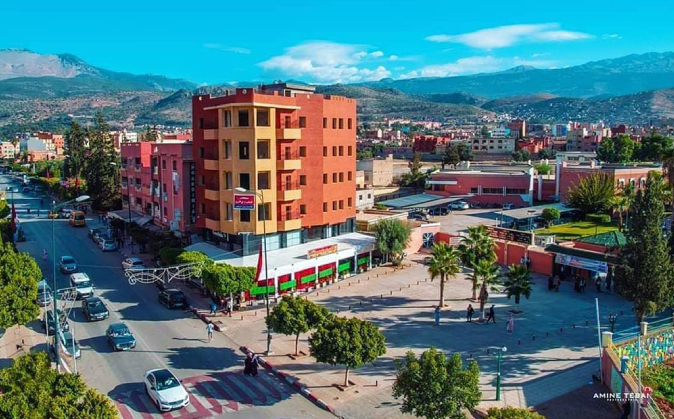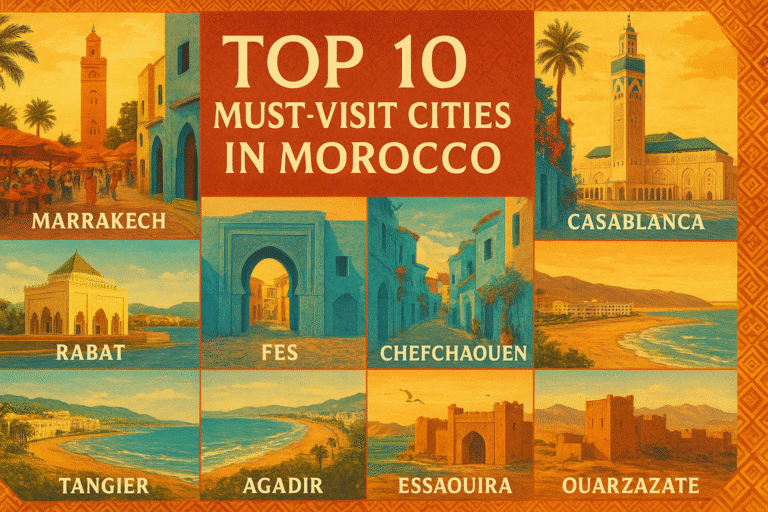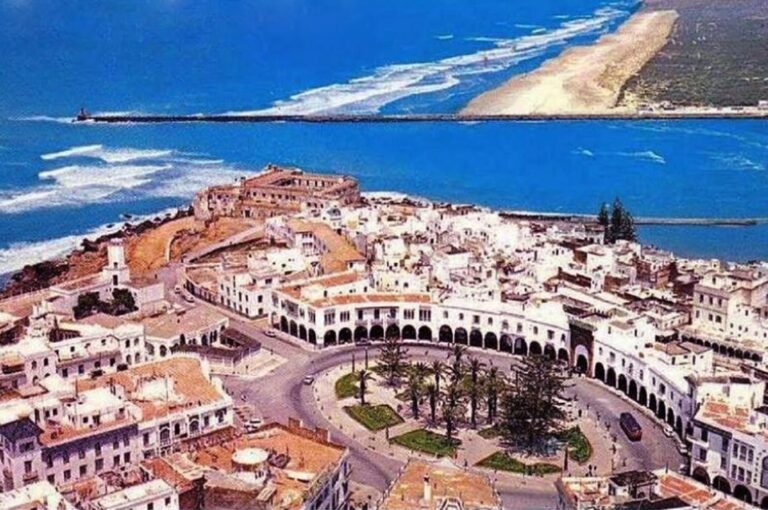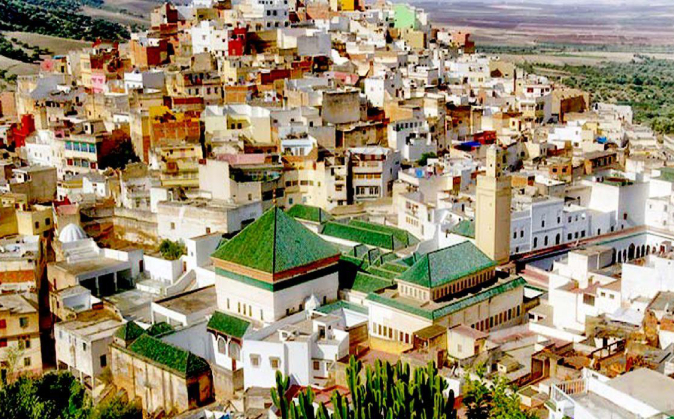Ksar El Kebir: History and Culture in Northern Morocco
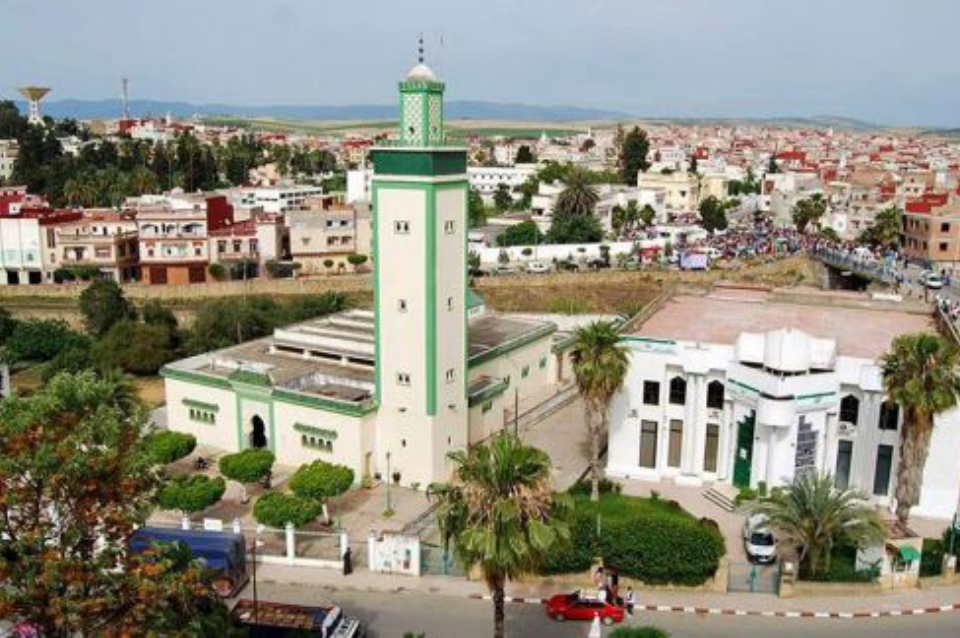
Ksar El Kebir is a city that whispers tales of ancient civilizations, epic battles, and enduring cultural traditions. Located approximately 160 kilometers north of Rabat and just 32 kilometers from the coastal city of Larache, this historic gem offers travelers an authentic Moroccan experience far from the well-trodden tourist trails.
A Glimpse into the Past

The name “Ksar El Kebir” translates to “The Big Castle” in Arabic, and the city lives up to its name with a rich historical legacy dating back centuries. This ancient citadel was an important stronghold during the Almohad dynasty and has witnessed the rise and fall of numerous civilizations.
The Battle of the Three Kings
The city’s most defining moment came on August 4, 1578, when it became the stage for one of the most significant battles in Moroccan and European history. The Battle of the Three Kings, also known as the Battle of Wadi al-Makhazin or the Battle of Alcácer Quibir, was fought near the banks of the Loukous River. This epic confrontation saw the Moroccan forces under Sultan Abd al-Malik defeat the Portuguese army led by King Sebastian I.
The battle earned its name because three monarchs died during or shortly after the conflict: King Sebastian of Portugal, the Moroccan Sultan Abd al-Malik, and the deposed Sultan Abu Abdallah Mohammed II. The Moroccan victory marked the end of Portuguese attempts to expand into Morocco and is remembered as one of the greatest military disasters in Portuguese colonial history. For Morocco, it was a triumph that ushered in the golden age of the Saadian dynasty under Ahmad al-Mansur.
The Cultural Tapestry

Ksar El Kebir is a living museum of Moroccan culture, where ancient traditions blend seamlessly with modern life. The city’s medina (old town) features narrow winding streets, traditional architecture, and bustling souks that have remained largely unchanged for centuries.
Local Festivals and Celebrations
The city comes alive during various festivals throughout the year. The Mouled M’barka celebrates religious traditions with colorful processions and spiritual gatherings. The Festival of Dates honors the region’s agricultural heritage, while the Ziwra Festival showcases traditional music, dance, and artisanal crafts. These celebrations offer visitors an intimate look at the community’s strong sense of cultural identity and hospitality.
Traditional Crafts
The souks of Ksar El Kebir are treasure troves of traditional Moroccan craftsmanship. Local artisans continue to practice centuries-old techniques in leather working, textile weaving, pottery, and metalwork. The city is particularly known for its agricultural products, including dates, olives, and sugar cane products.
What to See and Do
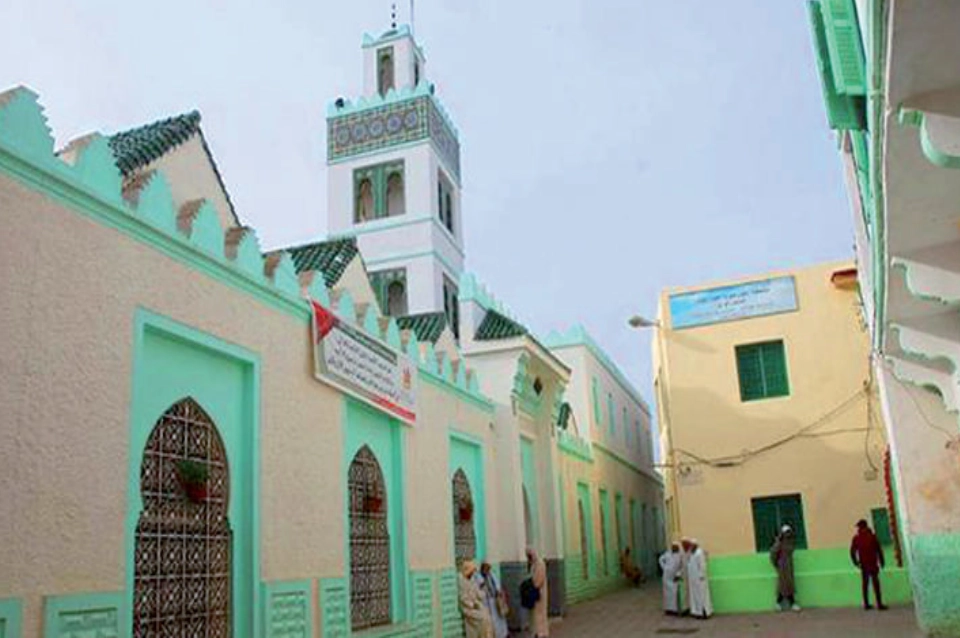
Explore the Historic Medina
The heart of Ksar El Kebir is its ancient medina, where you can wander through labyrinthine alleyways lined with traditional whitewashed houses adorned with blue doors and windows. The architecture reflects both Islamic and Moroccan styles, with ornate doorways, carved wooden balconies, and interior courtyards.
Visit the Old Fortifications
Remnants of the city’s defensive walls and fortifications offer panoramic views of the surrounding landscape. These ancient structures serve as tangible reminders of Ksar El Kebir’s strategic military importance throughout history.
Experience the Souks
The local markets are vibrant centers of commerce where you can purchase fresh produce, spices, traditional clothing, handcrafted goods, and local delicacies. The Wednesday and Sunday markets are particularly lively, drawing vendors and shoppers from surrounding villages.
The Loukous River Valley
The city’s proximity to the Loukous River has made it one of Morocco’s most fertile agricultural regions. The surrounding countryside features lush green fields, orchards, and sugarcane plantations. The region produces nearly 20% of Morocco’s sugar supply.
Nearby Attractions
- Larache (32 km west): A charming coastal town with Spanish colonial architecture and beautiful Atlantic beaches
- Lixus Archaeological Site: Ancient Phoenician and Roman ruins near Larache
- Tangier (110 km north): Morocco’s gateway city with its famous medina and stunning coastal views
- Chefchaouen (110 km east): The famous “Blue City” nestled in the Rif Mountains
Culinary Delights

Ksar El Kebir’s cuisine reflects the agricultural richness of its surroundings. The city is renowned for its:
- Traditional Tagines: Slow-cooked stews featuring local vegetables, lamb, chicken, or fish
- Couscous: The Friday specialty, prepared with seasonal vegetables and tender meat
- Pastilla: A sweet and savory pie traditionally made with pigeon or chicken
- Fresh Breads: Baked in communal ovens using time-honored methods
- Mint Tea: The ubiquitous Moroccan hospitality drink, served sweet and ceremoniously
- Local Dates: Sweet and succulent varieties grown in the fertile valley
- Olive Oil: Cold-pressed from locally grown olives
Don’t miss the opportunity to dine at local restaurants or, better yet, experience a home-cooked meal if you’re fortunate enough to receive an invitation.
Practical Information for Travelers
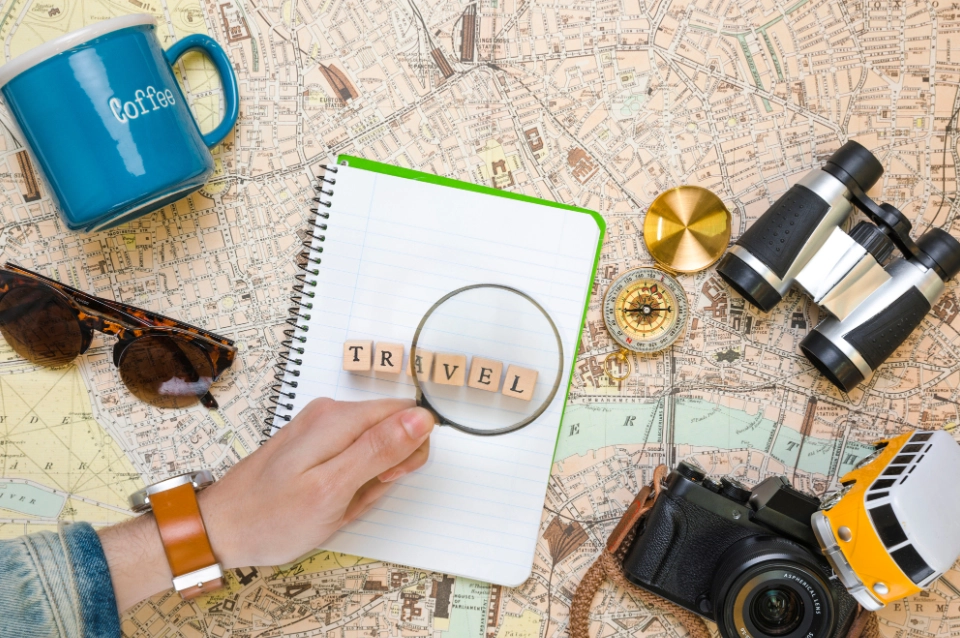
When to Visit
The best time to visit Ksar El Kebir is during spring (March to May) or autumn (September to November) when temperatures are mild and comfortable for exploring. Summers can be hot, with temperatures often exceeding 35°C (95°F), while winters are generally mild but can be rainy.
Getting There
- By Car: Ksar El Kebir is easily accessible via the A1 motorway from Tangier (about 1.5 hours) or Rabat (about 2 hours)
- By Train: The city has a railway station with connections to major Moroccan cities
- By Bus: Regular bus services connect Ksar El Kebir to Tangier, Rabat, Casablanca, and other cities
Accommodation
While Ksar El Kebir doesn’t have the extensive hotel infrastructure of major tourist cities, you’ll find several comfortable guesthouses, riads, and budget hotels. For more options, consider staying in nearby Larache, which offers a wider range of accommodations.
Language
Arabic and Berber are the primary languages, with Darija (Moroccan Arabic) being most commonly spoken. French is widely understood, especially among older generations and in business contexts. English is less common but increasingly spoken by younger people in tourist areas.
Currency and Money
The Moroccan Dirham (MAD) is the local currency. ATMs are available throughout the city, but it’s wise to carry cash as many small businesses don’t accept cards.
Travel Tips and Recommendations
- Dress Modestly: As a traditional city, modest dress is appreciated. Cover shoulders and knees, especially when visiting religious sites or rural areas.
- Learn Basic Arabic Phrases: A few words in Arabic or French go a long way in showing respect and often result in warmer interactions. “Salam alaikum” (peace be upon you) is a universal greeting.
- Bargaining is Expected: In the souks, prices are rarely fixed. Bargaining is part of the shopping experience, but do so respectfully and with a smile.
- Respect Prayer Times: Be mindful of the five daily prayer times, when shops may close briefly and mosques fill with worshippers.
- Photography Etiquette: Always ask permission before photographing people. Some may decline, and this should be respected.
- Try Street Food Safely: The local street food is delicious, but stick to busy stalls with high turnover to ensure freshness.
- Hire a Local Guide: Consider hiring a local guide for your first day to help navigate the medina and provide historical context.
- Stay Hydrated: Especially in summer, carry water with you at all times.
- Embrace the Pace: Life in Ksar El Kebir moves more slowly than in major cities. Embrace this relaxed pace and enjoy meaningful interactions.
- Visit During Festivals: If possible, plan your visit to coincide with one of the local festivals for an unforgettable cultural experience.
- Explore Beyond the City: Rent a car or hire a driver to explore the beautiful surrounding countryside and nearby coastal areas.
- Bring Cash: While ATMs are available, smaller establishments and markets operate on a cash-only basis.
Ksar El Kebir offers travelers a rare opportunity to experience authentic Morocco away from the tourist crowds. Its rich history, particularly the legendary Battle of the Three Kings, combined with vibrant cultural traditions and warm hospitality, makes it a compelling destination for those seeking to understand the real heart of Morocco. Whether you’re a history enthusiast, culture seeker, or simply looking to explore a lesser-known gem, Ksar El Kebir promises an enriching and memorable experience.
The city’s strategic location also makes it an excellent base for exploring northern Morocco’s diverse attractions, from Atlantic beaches to mountain villages. As you walk through its ancient streets, taste its traditional cuisine, and interact with its welcoming residents, you’ll discover that Ksar El Kebir is more than just a stop on the map—it’s a living testament to Morocco’s enduring spirit and cultural richness.
FAQs
Q1: Is Ksar El Kebir safe for tourists?
A: Yes, Ksar El Kebir is generally very safe for tourists. Moroccans are known for their hospitality, and the city sees relatively few tourists, making visitors a novelty rather than a target. As with any travel destination, exercise normal precautions: be aware of your surroundings, keep valuables secure, and avoid poorly lit areas at night.
Q2: How many days should I spend in Ksar El Kebir?
A: One to two days is sufficient to explore the main sights of Ksar El Kebir itself. However, using it as a base to explore the surrounding region (including Larache, Lixus ruins, and the countryside) could warrant 3-4 days. Many travelers visit as a day trip from Tangier or as a stopover between northern cities.
Q3: Do I need a guide to visit Ksar El Kebir?
A: A guide is not necessary but can greatly enhance your experience, especially for first-time visitors to Morocco. A knowledgeable local guide can provide historical context, navigate the medina’s winding streets, help with language barriers, and facilitate authentic cultural interactions that you might miss on your own.
Q4: What souvenirs should I buy in Ksar El Kebir?
A: Authentic souvenirs include locally produced olive oil, dates, argan oil products, traditional leather goods, handwoven textiles, pottery, traditional Moroccan slippers (babouches), spices from the souk, and handcrafted metalwork. These items are often higher quality and more affordable than in major tourist cities.
Q5: Can I visit the Battle of the Three Kings battlefield?
A: While there isn’t a formal memorial or museum dedicated to the Battle of the Three Kings, the battlefield area near the Loukous River can be visited. Local guides can take you to the approximate location where this historic battle took place. The experience is more about standing on historic ground and imagining the events rather than viewing preserved ruins or monuments.


